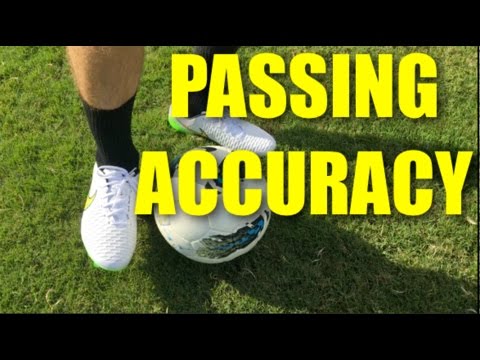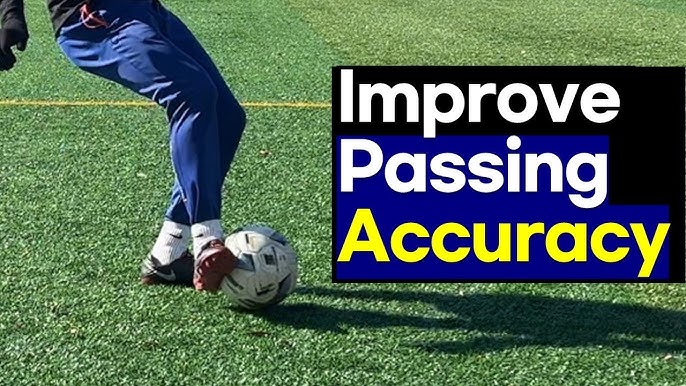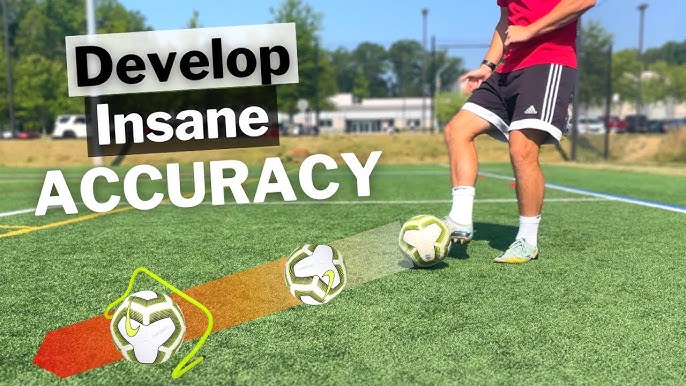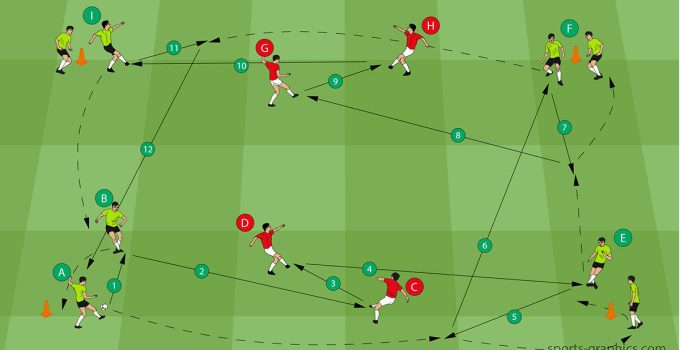Page Contents
TogglePassing accuracy is a critical metric in various sports, measuring a player’s or team’s ability to deliver accurate passes during gameplay. Whether in football, basketball, or other team-oriented sports, passing accuracy significantly impacts the game’s flow, strategy, and outcome. This article delves into the concept of passing accuracy, its relevance, factors influencing it, and how it is analyzed in professional settings.
Importance of Passing Accuracy in Sports

Passing accuracy is more than just a statistic; it reflects a team’s or individual’s efficiency and effectiveness in maintaining possession and executing strategies. In sports like football (soccer), where possession is often equated with dominance, accurate passing ensures that a team retains control of the ball, builds attacking opportunities, and minimizes turnovers. In basketball, accurate passing is crucial for creating scoring chances and maintaining the tempo of the game.
For players, high passing is often seen as a hallmark of technical skill and composure under pressure. Teams with better passing accuracy typically dominate games, as they can dictate the pace and exploit defensive weaknesses more effectively.
Factors Influencing Passing Accuracy
Several factors affect passing accuracy in a game setting, ranging from technical ability to external conditions. Understanding these factors helps in appreciating the complexity of this metric.
Player Skill and Technique
The technical proficiency of a player is the most significant determinant of passing accuracy. Players with excellent ball control, vision, and technique are more likely to deliver precise passes. Training and repetition help hone these skills, enabling players to perform under pressure during matches.
Game Tempo and Pressure
The pace of the game and the pressure applied by opponents can significantly influence passing. In high-tempo matches, players often have less time to make decisions, increasing the likelihood of errors. Similarly, intense defensive pressure forces players into hurried passes, which can lead to inaccuracies.
Team Tactics and Style of Play
A team’s playing style also affects passing accuracy. Teams that emphasize short, quick passes generally have higher accuracy rates compared to those relying on long, high-risk passes. Tactical setups that promote off-the-ball movement and positioning make it easier for players to find passing options and deliver accurate passes.
Physical and Environmental Conditions
External factors such as weather, pitch quality, and player fatigue can also impact passing accuracy. Wet or uneven surfaces make ball control and passing more challenging. Additionally, tired players are more prone to lapses in concentration, leading to inaccurate passes.
Measuring and Analyzing Passing Accuracy
In modern sports, passing is meticulously tracked using advanced technologies and data analysis tools. These systems provide detailed insights into individual and team performances, helping coaches and analysts refine strategies.
Key Metrics for Passing Accuracy
Passing accuracy is typically expressed as a percentage, calculated by dividing the number of successful passes by the total passes attempted. While this gives a general overview, deeper analysis considers additional metrics such as:
- Pass Length: Short passes generally have higher success rates than long ones, making this an important contextual factor.
- Pass Difficulty: Passes made under pressure or in tight spaces are harder to execute accurately.
- Forward vs. Backward Passing: Forward passes are inherently riskier but more rewarding in terms of creating scoring opportunities.
Role of Technology in Tracking Passing Accuracy
Advanced tracking systems, such as GPS trackers and optical cameras, have revolutionized how passing is measured. These tools provide real-time data on player movements, ball trajectories, and pass completion rates. Machine learning algorithms further enhance analysis by identifying patterns and predicting outcomes based on historical data.
Strategies to Improve Passing Accuracy

Coaches and players employ various techniques and drills to enhance passing accuracy. These strategies focus on both technical and tactical aspects of the game.
Technical Drills
Technical drills are designed to improve a player’s passing mechanics and ball control. Common exercises include:
- Wall Passing: Players practice passing the ball against a wall, focusing on accuracy and consistency.
- Target Drills: Players aim to hit specific targets, helping them develop precision under different scenarios.
Tactical Training
Tactical training emphasizes decision-making and spatial awareness. Coaches simulate game-like situations to train players in reading the game and identifying the best passing options. Positional play exercises, such as rondos, are particularly effective in this regard.
Physical Conditioning
Improved fitness levels directly contribute to better passing, especially in high-intensity matches. Strength and endurance training ensure that players maintain their technical performance throughout the game, even under fatigue.
Passing Accuracy in Different Sports
While passing accuracy is a universal concept, its interpretation and significance vary across different sports. Here are examples from three popular sports:
Football (Soccer)
In football, passing accuracy is a key indicator of a team’s ability to control the game. Midfielders, in particular, are often judged based on their ability to deliver precise passes under pressure. Teams like FC Barcelona and Manchester City, known for their possession-based style of play, consistently record high passing rates.
Basketball
In basketball, passing accuracy directly impacts a team’s offensive efficiency. Accurate passes facilitate ball movement, create open shots, and minimize turnovers. Point guards, responsible for orchestrating plays, are particularly valued for their passing skills.
Rugby
In rugby, passing accuracy is essential for maintaining momentum and partaitogel exploiting gaps in the opposition’s defense. Players must deliver quick, accurate passes under physical pressure, making technique and decision-making critical.
Psychological Aspect of Passing Accuracy

The mental aspect of passing accuracy is often overlooked but is equally important. Confidence, focus, and decision-making play vital roles in delivering precise passes. Players underperforming in this area often benefit from mental conditioning and visualization techniques, which help them handle pressure and make better decisions during matches.
Future Trends in Passing Accuracy Analysis
As sports science and technology continue to evolve, the analysis of passing is becoming increasingly sophisticated. Emerging trends include:
- AI-Driven Insights: Artificial intelligence is being used to analyze passing patterns and predict outcomes, providing coaches with actionable insights.
- Biomechanical Analysis: Advanced sensors and video analysis tools are being used to study the biomechanics of passing, helping players refine their techniques.
- Integration with Wearable Technology: Wearables equipped with motion sensors track player movements and provide real-time feedback on passing and technique.
Conclusion
Passing accuracy remains a cornerstone of success in team sports, reflecting a combination of technical skill, tactical understanding, and mental resilience. As the analysis and understanding of this metric become more advanced, players and teams have greater opportunities to enhance their performance. From youth training academies to professional leagues, focusing on passing is essential for achieving success in the modern sports arena.




